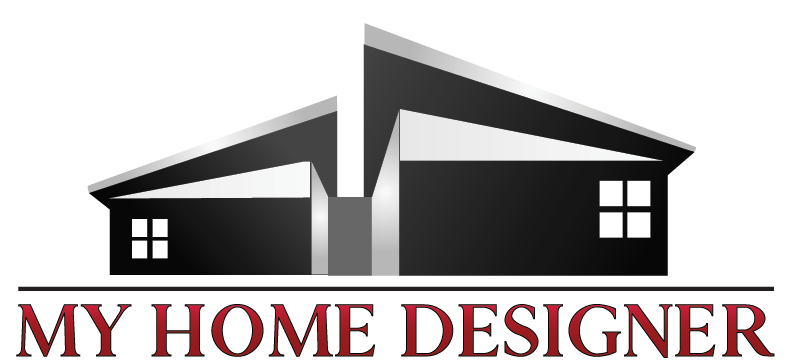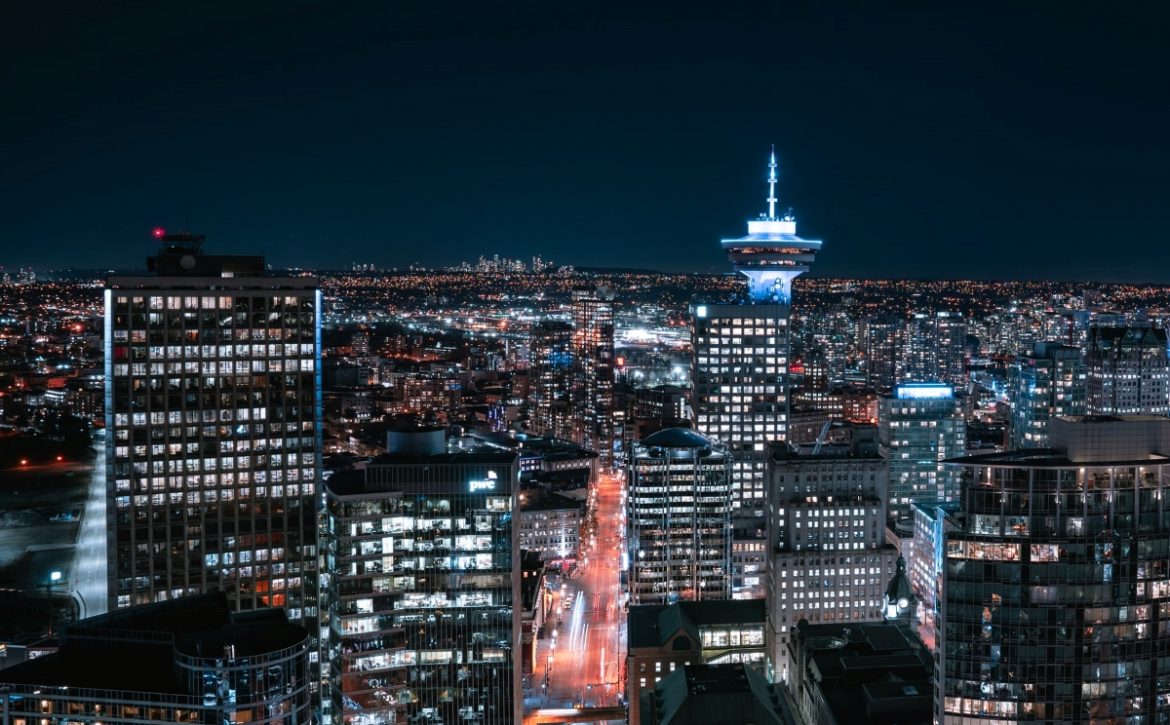Is your multifamily building safe and COVID-19 Proof?
After the epidemic, health officials implemented many rules and regulations in public spaces. But we also have our private life to think about. Is your townhome, condo, apartment building, or multifamily building safe enough?
The units where we should feel snug and secure can become more dangerous than the outside world. For instance, most of the older buildings use outdated carpets and wall coverings. It’s also possible that those haven’t been maintained for a long time. The porous surfaces can absorb the virus from outside and spread it through the unit’s ventilation system.
To keep your multifamily building safe, you should ask your strata manager or building manager some serious questions. Start by discovering just how safe the flooring or wall covering in your building is? Piping needs to be inspected, too, as well as the ventilation and/or heating/cooling system.
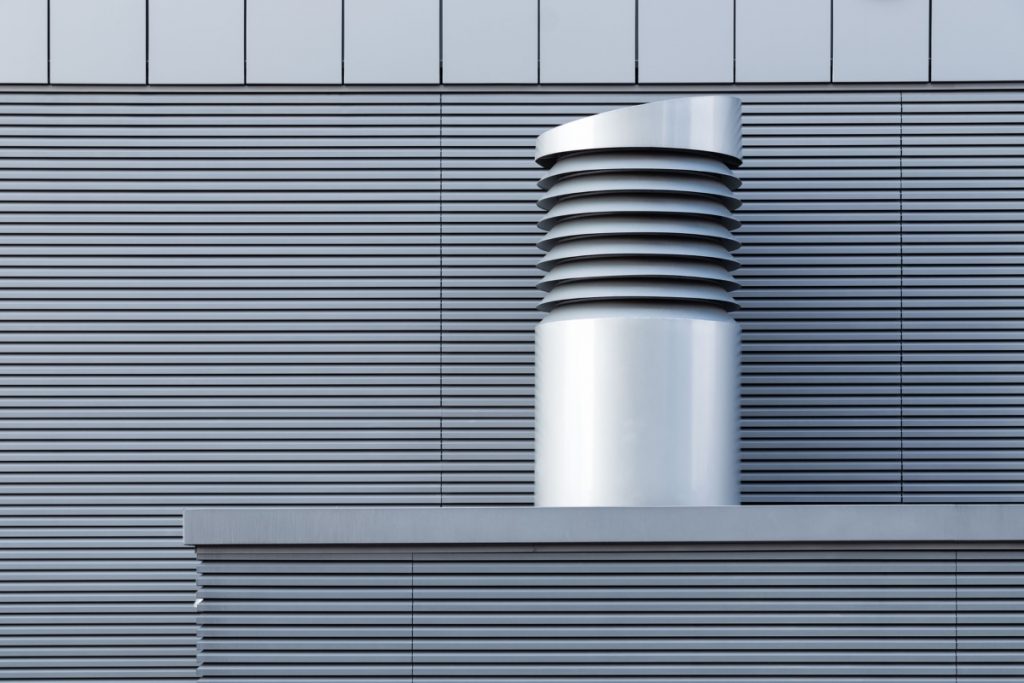
Another necessary inspection is that of ducking for each ventilation/heating/cooling system. If those are not separated, in order to avoid air mix between units, you must take steps for significant improvements ASAP.
While there is still much uncertainty regarding this virus’s nature, it’s wise to conduct as many immediate preventative steps as possible to reduce the risk of infection.
Ventilation Is Essential in Keeping Your Multifamily Building Safe
Recirculating air has become the default in many buildings. Still, with all the controversy, old-style ventilating with outdoor air becomes vital. It’s the simple but efficient way of diluting airborne contaminants, thus decreasing transmission rates. If necessary, consider replacing or adapting some or all windows so you can simply open them wide to let in more outdoor air.
Humidity matters, too. Some studies suggest that viruses can survive in low-humidity environments more easily. Heating and ventilation systems can help to increase humidity and maintain an optimal range of 40 to 60%.
Heat Recovery Ventilation (HRV) filters indoor pollution. Heating, Ventilating, and Air-Conditioning (HVAC) systems can help reduce the airborne concentration of pathogens if adequately designed and operated. Those must be, however, installed by qualified and experienced engineering professionals – otherwise may turn dangerously counterproductive.
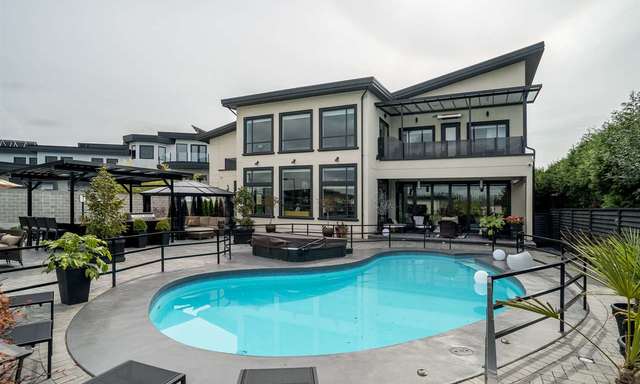
You or your building manager should engage the technicians to identify the ways and directions the air moves through spaces. Such tests should determine both the flow and leakage. In the case of non-separate ducking, there are several solutions, including HVAC upgrades, installing new doors or air curtains, and sealing the gaps.
Indoor air filtering has a role of its own. Changes to air filtration practices may take more time to implement. However, research suggests that filtration of recirculated air may significantly help in reducing the transmission of airborne infectious diseases. HEPA filters in their full potential can remove 99% of particles measuring 0·3 microns or more. These filters are not an investment with temporary importance, as those also remove vapor, dust, bacteria, and fungi.
Improve Cleaning Protocols to Make Your Multifamily Building Safe
Regular cleaning protocols need upgrading to meet the demands of the current situation. Increased frequency and regular supplies are a crucial step. However, not all surfaces are the same. Replacing outdated carpets and wall coverings will return with a double benefit. For instance, ceramic tiles are not only far less prone to retain the virus and dirt than the carpet—but also very fast and easy to clean as many times as needed. In multi-apartment buildings with high traffic flow, this is one of the smartest adaptations you can make.

Plumbing Matters
There are several protocols and guidelines to minimize potential transmission risk through wastewater plumbing systems. These include but are not limited to:
- investigating any unexplained foul odors in bathrooms, kitchens, or wash areas in order to detect and prevent leakage
- ensuring that all water appliances in bathrooms and kitchens feature a functioning U-bend/U-trap
- opening a tap on all water appliances twice a day for no less than 5 seconds to prevent the deficit of the water trap seal within a U-bend/U-trap
- sealing any disconnected, cracked, open, or leaking wastewater pipework from appliances
- continuously monitor all system performances
Investing in Keeping Multifamily Building Safe Is Investing in the Future
Some types of renovations will not only make your multifamily building safe but may also bring a high ROI outside of the COVID-19 field of interest.
The exterior of the building makes more than just the first impression. With maintenance-free vinyl shutters, you can eliminate a part of the risks while also improving the appeal. Alongside this, you could add some textural elements as a “one-and-done” type of investment and kill two flies with one hit.
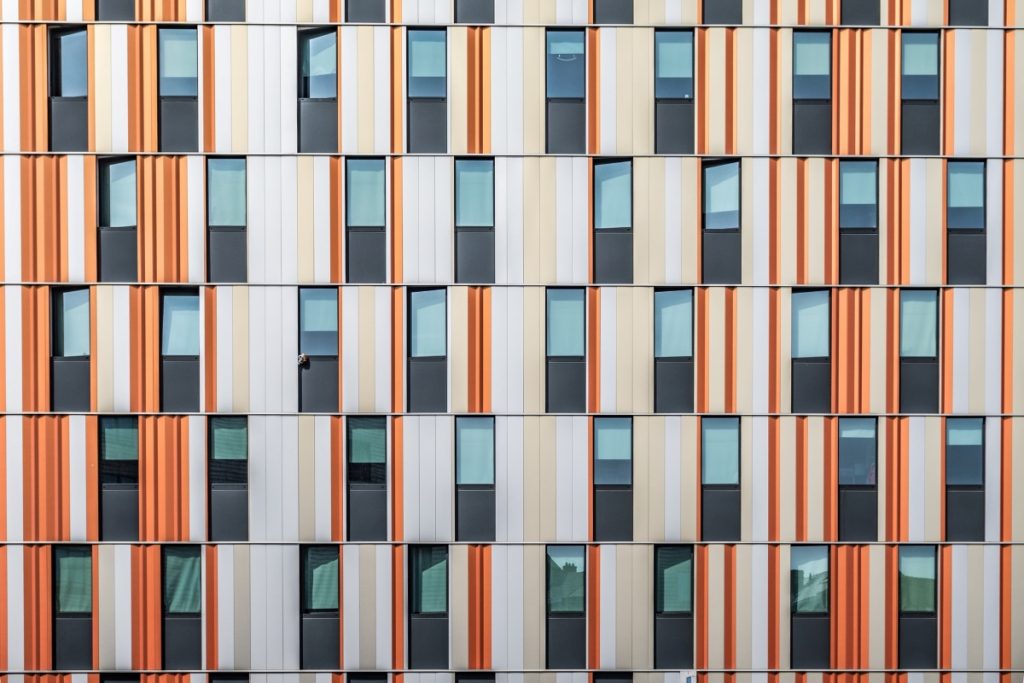
Security is always important. All doors and windows in each unit should lock effectively, as well as the front and back doors to the building. If possible, install new doors or at least new locks to enhance as much of contactless traffic as possible. This improvement can also be a considerable ROI booster for the future.
Unit Layout
Since total square footage can be tight in older building apartments, spending all the time at home requires some adaptation, too. That applies notably if one or more residents are working from home. Sometimes a layout change can make the unit appear significantly larger, so consider a change that can bring a potential ROI. Opening up or knocking out a wall can create an open concept. It’s particularly useful in a smaller space, as you can easily adapt it further by temporary dividers. That way, you can secure more than one separated workspace without sacrificing valuable floor area.
Affordable remodeling doesn’t mean over-improving kitchens and bathrooms. It’s in no meaning necessary to use marble or granite finishes. There are less expensive materials that still deliver improved user experience and enhance safety. Newly updated yet less expensive countertops, cabinets, appliances simplify the sanitizing process while still raising the value of the place. Newer appliances and durable flooring bring it further, and on top of all, such an investment reduces ongoing maintenance costs.
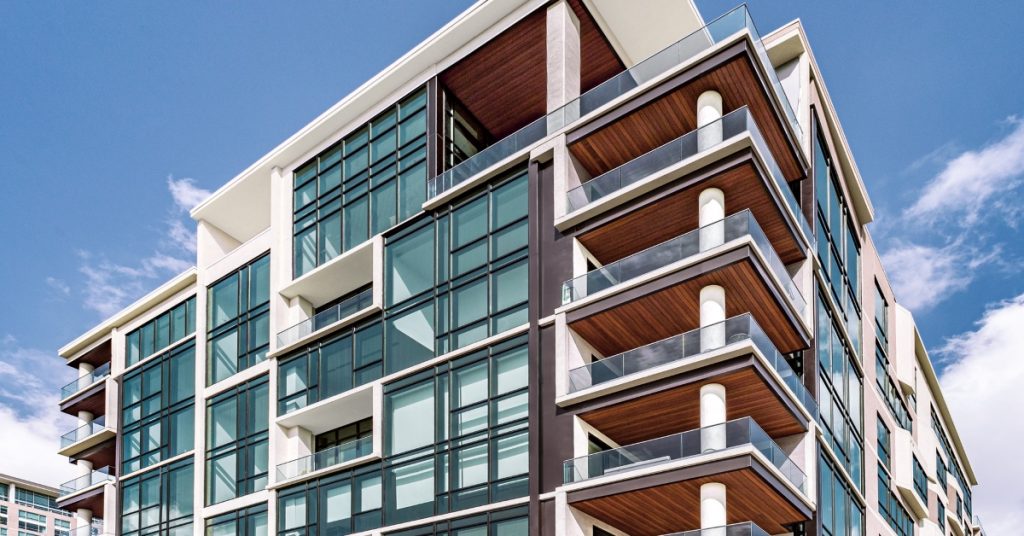
Balconies present a few additional square feet you could use in many creative ways. It may seem challenging at first, but some small interventions can turn into valuable experience in the long term. In case we witness more of hard isolation days, our balconies will become places of social life, so think ahead. If you are short of ideas, hire an architect and watch him doing his magic.
Questions to Ask If You’re Hiring a Contractor During COVID-19 Pandemic
It’s strongly advisable to ask the contractor company all the relevant questions related to the job. Suppose your multifamily building is not professionally managed, or for any reason, you have to be the person responsible for the task. In that case, you need to take steps to ensure that any repair or remodel job will be conducted in line with the proper safety standards. Start with inquiring about the steps they took regarding protection and prevention. You need to be sure that you are in the right hands, above all.
Ask about the precautions the working team will take while working on the site. Do they use masks or plastic barriers, how is the shift organized? What about physical distance, are there any rules for traffic flow? How do they handle sanitisation? Make as many inquiries as possible, and hire only among companies who convinced you that they know what they’re doing.
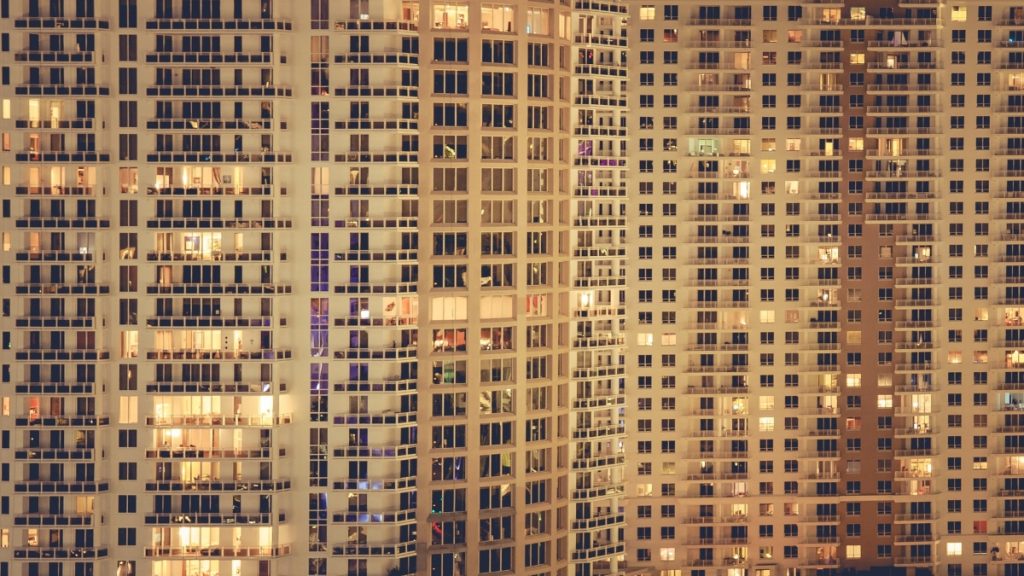
If you plan to visit their showroom, observe the hygiene and if all the frequently used items are regularly sanitized. That applies to phones, work stations, computers, doorknobs, light switches, and bathroom fixtures. Additionally, office personnel should be devoted to sanitizing themselves regularly before and after interactions. Such a visit can tell you a lot about if the company can be considered reliable enough to hire during Covid-19.
Construction Tasks in Private Homes
The rules for employees that conduct work in private homes are no different than others. The contractor or general supervisor must assess the potential risk of infection for workers in advance and implement measures to minimize such risk as effectively as possible. Keep in mind that the more measures your contractor implements—the safer the worksite and the residents.
A short summarize of the contractor’s duties defined by the Standardized Protocols for all Canadian construction sites:
- Prioritize the health and safety of workers and of their surrounding communities
- Apply recommendations and best practices from federal, provincial, and municipal public health authorities to construction site procedures
- Establish and maintain a standard COVID-19 Pandemic Response Plan across construction sites
- Foster open communication among stakeholders and ensure a respectful work environment.
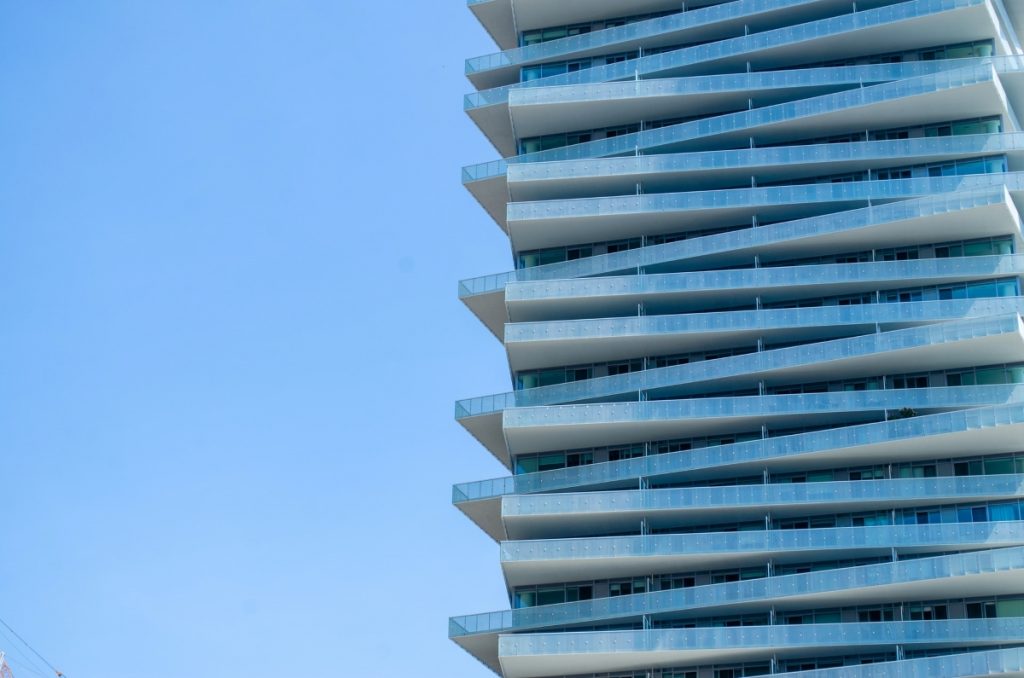
Lessons for Tomorrow
Some say that a proper quarantine is impossible if you live in a public or multifamily building. However, the lessons we learn every day will not only help the current situation but also transfer into a better tomorrow. We have been taking more for granted than we think. This is our time to learn just how much healthy buildings are essential in creating a healthy world. By making them safe and COVID-19-proof, we are creating safer environments for the time to come.
By Aryo Falakrou (My Home Designer)
